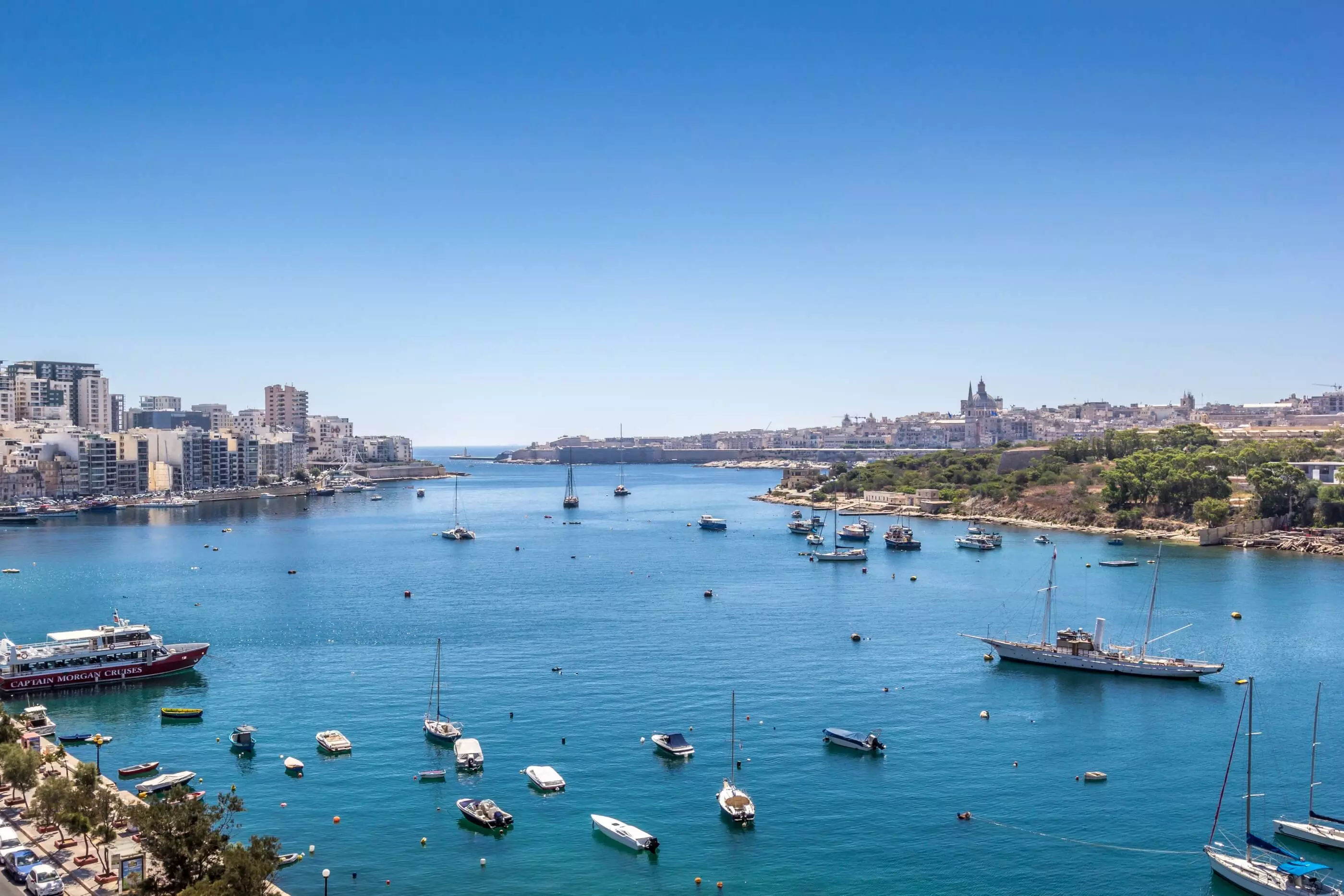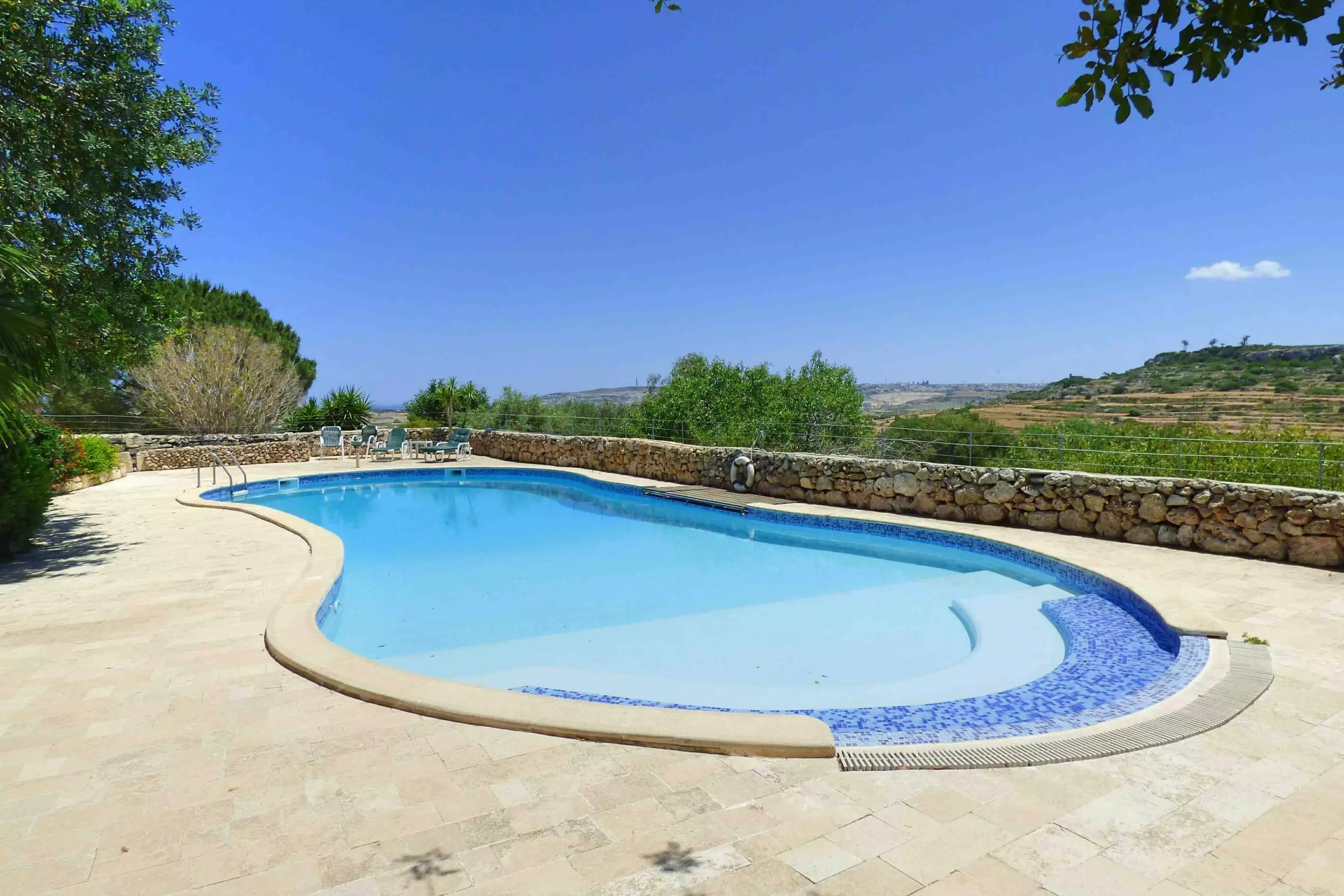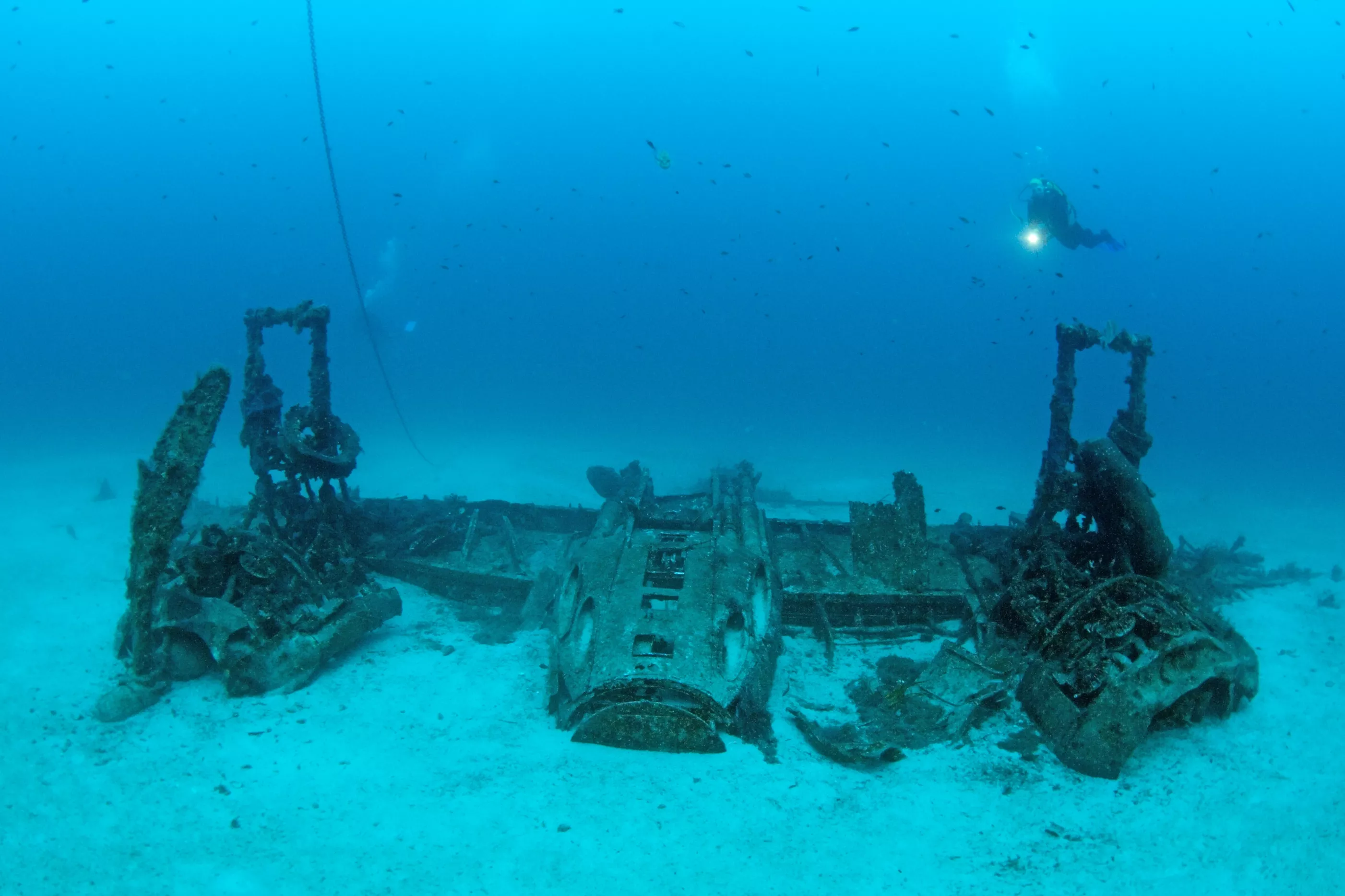“Malta is our favourite”, says International Living magazine Editor Eoin Bassett “..with 5.2 hours of sunshine a day, a stable government and economy, Malta is a very strong draw for expats. And it’s English-speaking…
Anchored almost in the centre of the Mediterranean Sea, 60 miles from the Italian island of Sicily, frost and snow are mostly unknown in Malta, and the temperature nudges 70 degrees Fahrenheit even in November. The five islands that make up Malta aren’t on everyone’s radar, and are mostly unheard of by Americans. About 500,000 Maltese live on the largest, more sophisticated main island, and most have a lively urban lifestyle. Homes and apartments here attract an international set as do the historic harbours and five-star hotels.
Crime hardly exists, the locals are hospitable and the health care is excellent. There aren’t any property taxes, and the U.S. expats who benefit most from living here are those who retain earnings from elsewhere that they then elect to get taxed in Malta, at 15%. At roughly twice the size of Washington D.C. it’s easy to socialise with other expats. There’s regular 90-minute ferry service to Sicily and a modern airport at Luqa with flights to numerous other European countries, including Rome, just one hour away by plane.
Along with its top climate ranking, Malta’s many other virtues combined to earn it third place overall in the 2011 Quality of Life index, beaten only by New Zealand and the U.S.”




There’s a holy niche blessing every street, and a saint’s statue at every crossroads. It’s barely a half-hour drive from her craggy top to her sandy bottom yet Malta is home to 365 churches; studding every horizon, they sit serenely enthroned, their domes like cardinals’ mitres or jelly moulds. Across the straits on lovely Gozo there are the world’s oldest man-made freestanding structures, where people always came to worship the majesty and power of the sun. Modern sun-worshippers love Malta for its 300 sunny days each year.
Floating on the southern edge of Europe, Malta is neither European nor North African, but both, and more. Her language is a spicy marriage of Phoenician and Arabic, written in a slightly altered Roman alphabet then seasoned with Italian, French and English words. The Phoenicians, the sailor-traders who founded Carthage in nearby Tunisia, called this place Malat, or ‘Refuge’; to the Romans it was Melita, or Honey Island. It’s apt, therefore that the first Maltese we meet is Arnold Grech.
Near Malta’s northern tip, on the bird-loud, wild fennel hill above Mellieha (Honey Village), Arnold keeps bees. Like almost all Maltese, Arnold speaks excellent English. “Alrigh’?” he asks. The British bequeathed Malta many things – red letter boxes, burgundy passports and Hillman Hunters to name three – but none are more regularly employed by the Maltese than ‘Alrigh’?’. And Arnold’s honey is definitely a bit of alrigh’. “I’ve been a beekeeper for 64 years!” he says, pulling on his veil. Arnold’s colonies, bred from his own queens, are productive for 12 months of the year, so kind is the climate. Having demonstrated how the sap from a figleaf or a cut onion heals bee stings, Arnold proffers a taste of his wild thyme honey. It is like sipping from an amber jar of perfumed sunshine. With these sweet herbal flavours playing on the lips, we make for the Gozo ferry. These ships run 22 hours a day, every 30 minutes. ‘Ghawdex’, as she is in Maltese, makes sleepy rural Malta seem like the Bronx. A climb past the Gleneagles harbour-side bar brings you to tiny Xaghra’s stone-built, sun-baked square and its Coronation Store, Queen Victoria Cafe and Diamond Jubilee Coffee House. Stephen’s Bakery sells us pastizzi for 30c (25p) each. These are pasties made from sferiolata (filo) pastry and stuffed with either local sheep’s cheese (called ‘cheese cakes’) or mashed curried pea and onions (‘pea cakes’). They are warm, flaky, buttery, ridiculously rich and super-satisfying.
When the Phoenicians came to Gozo in 3,600BC the temples at Ggantija were already ancient. These Neolithic structures are still in amazingly good nick and face the equinox’s sunrises – the atmosphere at Ggantija is powerful and hallowed, and its air is embroidered with the tinsel cascade of larksong. In Arabic, Marsalforn means ‘Baker’s Harbour’ but – sadly – we’re not here for more pastizzi. In summer this cute little bay buzzes quietly with Maltese holidaymakers, but were they to venture around the headland to Xweijni they’d find old Emanuel Cini sat under his sun-battered umbrella selling bags of the moist, iodine-rich salt panned by his 45-year-old apprentice from his neat checkerboard of ancient flats. Until Independence in 1964, Rabat was called Victoria. Today there’s a sleepy market in the square and a lovely tangle of 17th century alleys, which we explore followed by the gaze of sundry saints and basking cats. High above Rabat is the Citadel, up whose endless steps one clambers to gain a Maltese falcon’s-eye view of all Gozo. The Citadel’s weathered limestone walls appear to be made of either sea sponge or sourdough.
Rikkardu is a goat farmer and a winemaker. His sharply handsome features could be those of a Sicilian sailor, or a Barbary corsair, or an Anjou crusader. Rikkardu’s a charmer, and on the high, breeze-brushed terrace of his lovely restaurant he plies us with his freshly made cheeses, his cool sauvignon blanc and huge, tomato-scarved ricotta ravioli.
Later it’s back to Malta, to Mdina as the afternoon starts to cool. The Silent City was the island’s capital until 1565. As the cruise ship crowds recede, Mdina is revealed as an old walled town of elegant peace, of grand palaces with hidden gardens – a city of secrets begging to be discovered. A walk away is the newer (well, 17th century) town of Rabat, where St Paul tarried while on the run from the Romans, and where Vince’s Tourists Are Welcome Bar sports football memorabilia from both Juventus and Notts County.
We stroll to Crystal Palace Bar, open 24 hours for vanishingly light pastizzi. Here hairy-legged Mr Serkin serves Teacher’s by the tumbler, tea by the glass, and Tunnock’s tea cakes.
Another day brings conversation with the fishermen in Marsaxlokk, a pretty harbour on whose waters bob hundreds of tiny gaudy luzzu fishing boats, some no bigger than a bath. “Alrigh’?” asks a tuna fisherman who’s mending his line.
Gosh, Valletta is a beauty. Perched high and proud between two harbours, this baroque 16th-century capital was founded by the Order of St John of Jerusalem, known also as the Knights Hospitallers. These wealthy warrior doctors tended to wounded crusaders, as well as inflicting a fair bit of infidel wounding themselves. Walk Valletta’s straight streets and colonnaded squares and you’re in a world of oriel windows and sexy palazzos, of 1960s shop signs and mahogany apothecaries.
Though plain outside, the interior of the cathedral of St John is so campily Baroque that there’s hardly a surface that’s not gilded. In a side chapel hang two magnificent paintings commissioned by the Knights Hospitallers from the tormented Caravaggio whom they sheltered while on the run for murder. Although there’s little to remind visitors of the pasting the island took in World War 11, the stones of Malta’s old cities and churches have lived through a long history of welcome visitors and envious invaders. Ottoman Turks, Napoleon Bonaparte, various airforces and hordes of package tourists have in turn laid siege to these proud islands. But for the independent visitor there are many treasures for the eyes – and tremendous pleasures for the lips.
In just a few days we sampled meals in 16th-century hunting lodges and lively restaurants; ate street food and artisan breads; picked at bowls of garlicky snails; drank proper tea and slurped local wines; ate our bodyweight in pastizzi – and loved every mouthful. And, everywhere we went on Malta and Gozo, there was a holy statue bestowing blessings on us, and these sainted islands

“As the memories of the warmth and carefree air of a British summer fade, many people nearing pension age may be giving thoughts to retiring abroad,writes Ian Cowie.
Cheaper and more convenient air travel has made the world smaller – so you no longer need to say farewell to your family forever if you relocate overseas. But taxes do not end at Dover and pensioners on a fixed income need to be sure that all the financial aspects of becoming an expatriate have been taken into consideration.
With these pros and cons in mind, Castle Cover – insurance specialists for the over-fifties – researched retirement prospects in 23 countries to identify the 10 top places to retire overseas. Factors taken into account included house prices, health care costs, average temperature, rainfall and hours of sunshine – as well as grocery bills, crime rates and taxation.
Obviously, personal preference and family ties will affect which location appeals most, but here are Castle’s top 10 countries to retire overseas.
Number One. Malta

As one of the smallest states in the world, Malta is also one of the most densely populated countries on earth – for good reason, too. With more than 3,100 hours of sunshine a year, an average temperature of 19C and English as a first language for most people, it’s no surprise that many Britons flock to the Mediterranean archipelago. An interest in history would help residents here, but its small size could become a problem over the longer term”.

“Malta has been voted the third best diving destination in the world by some 35,000 readers of Diver Magazine, a North American publication, preceded only by Egypt and the Maldives.The Malta Tourism Authority said the waters around Malta and Gozo were blessed with rocky reefs, caves, plentiful marine life and the wrecks of ships from Malta’s rich maritime history.”With such a variety of dives concentrated around the tiny island nation it is little wonder that the islands have been honoured with the award,” it said.
The Professional Diving Schools Association reacted positively to the news and congratulated its member schools, which, it said, worked hard at providing a great service and value for money to all the divers that visited the small Maltese islands. The association’s Simone Brinch-Iversen noted that the accolade was no surprise as comments left by clients were always positive. This was evidenced by the fact that over 40 per cent of business consisted of repeat visits. She pointed out that Malta competed with destinations that had a much larger budget for infrastructure and marketing. Over the past three years, a good number of centres affiliated to the association upgraded their facilities in order to come in line with what modern divers expected as a standard. “This must now be taken one step further and, with the help of MTA, we need to work on improving our dive sites and providing protection to our marine conservation areas,” Ms Brinch-Iversen said”.